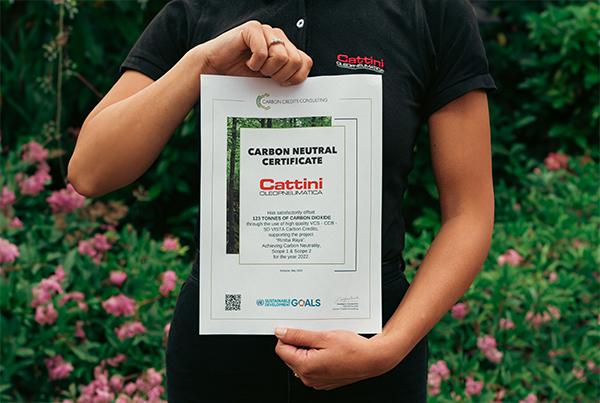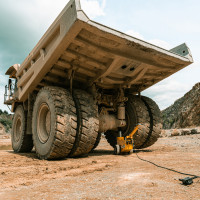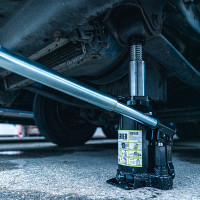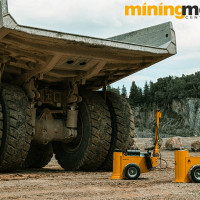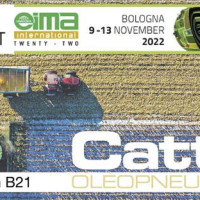Carbon neutrality 2022 certification
We are happy to announce that we reconfirmed Carbon Neutral status for the third consecutive year for emissions generated during 2022.
The reporting method followed the GHG Protocol and the ISO 14064-1 of 2019. The result was 123 tons of CO2eq. compensated, of which 31% of emissions resulted in Scope 1 (direct emissions) and 69% in Scope 2 (indirect emissions).
This year, in collaboration with Carbon Credits Consulting, a unique offsetting project has been chosen: Rimba Raya REDD+ in Indonesian Borneo.
The goal of REDD+ projects is to mitigate climate change and generate carbon credits for offsetting, by reducing greenhouse gas emissions caused by deforestation and forest degradation. This is achieved through the adoption of sustainable forest management practices that minimize the need for tree felling and the loss of local biodiversity.
REDD+ projects can bring social and economic benefits to local communities, including the creation of sustainable jobs and the promotion of education and healthcare.
The Rimba Raya Project is located in the central region of Kalimantan, on the island of Borneo, and is considered the world's largest peat swamp forest project. Certified according to the Verified Carbon Standard (VCS), the project has also been certified by CCB (Climate, Community & Biodiversity Standards) and SD Vista (Sustainable Development Verified Impact Standard), obtaining the highest possible rating for all 17 United Nations Sustainable Development Goals.
The project's mission is to protect 47,000 hectares of native forest and avoid the emission into the atmosphere of approximately 3,527,171 tonnes of CO2e per year. However, its activity goes beyond just mitigating CO2 emissions. In fact, Rimba Raya also aims to develop livelihood programs in surrounding villages, in order to provide education, employment, and a better quality of life for local communities.


